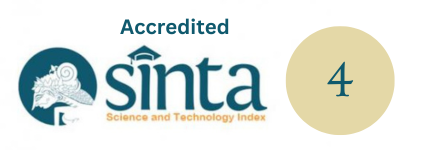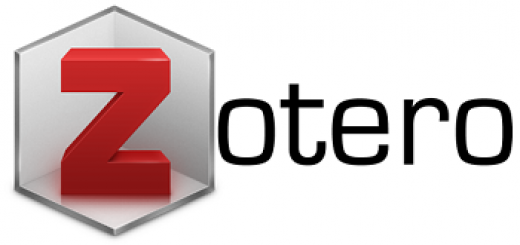Author Guidelines
If you do not have an account at AMARASI: JURNAL DESAIN KOMUNIASI VISUAL, Please sign up here
We also provide a tutorial (click here) on how to register and submit the article on our OJS.
AUTHOR GUIDELINES
1. Authors should download and follow the guidelines that have been determined, which can be downloaded in Journal Template
2. The article is the result of research in the field of Visual Communication Design, with the scope of advertising, graphic design, digital multimedia, animation, comics, cartoons, photography, games, videos, and films, it is not plagiarism, and has never been published.
3. The article is written in Indonesian or English. The preferred format is MS Word (.Docx). Manuscripts should be created with the template download from our website.
4. All submissions are reviewed anonymously by the reviewer who the editor appoints according to the field of their expertise. The author conducted a revised article based on the recommendations of the review and editor within a specified time.
5. Everything related to the licensing citations or the use of computer software in arranging articles is the sole responsibility of the author. The licensing citations related to intellectual property rights (Haki) and the legal consequences that might arise.
6. Each year there are two periods of journal publishing, in January and July. Delivery articles have been done at least one month before the publication.
7. For more details, please read our Journal Publication Ethics Statement
MANUSCRIPT BODY TEXT GUIDELINES
A. ABSTRACT
The abstract should be written in Indonesian and English. An English abstract comes after an Indonesian abstract. The abstract is written in Times New Roman font, size 10 pt, with single spacing. Please translate the abstract of the manuscript written in English into Indonesian. The abstract should summarize the content including the aim of the research, the research method, and the results in no more than 250 words. Keywords are in English and presented at the end of the abstract.
B. INTRODUCTION
The manuscript should be printed in Times New Roman font, size 11 pt, single-spaced, justified on each side and on one side of an A4 paper (210 mm x 297 mm). The margins are 3.5cm from the top, 2.5 cm from below, and 2 cm from each side. The manuscript must not exceed 20 pages including pictures and tables. When the manuscript goes far beyond that limit the contributors are advised to make it into two separate papers. The manuscript is written in Indonesian. The title should be short and informative and does not go over 20 words.
C. METHODS
The research method contains an explanation of the research approach undertaken, the focus of the study, respondents, the size and determination of the sample, how to collect data, and how to analyze data.
D. RESULT AND DISCUSSION
Results and Discussion contains a discussion of data and analysis related to the method used and the implications for the results of the research.
E. CONCLUSION
The conclusion should answer the purpose of the study, telling how your work can advance the current knowledge. Without a clear conclusion, reviewers and readers will find it difficult to assess the work, and whether it needs to be published in a journal or not. Do not repeat the results that have been displayed in the abstract, or only the experimental results. Provide a clear scientific justification for your work and show possible apps and extensions. You should also suggest future research and/or ongoing research.
F. BIBLIOGRAPHY
Reference to the bibliography is written in sequence and everything contained in the bibliography must be referred to in writing or on paper. Source citations in the manuscript are written in brackets, for example: (Suyanto, 2020: 27). Writing a bibliography uses the following conditions;
1. Must use journal references in the last 5 years at 30% of the total reference.
2. Standard writing references and bibliography use APA Style.
3. Using citation software such as Mendeley and Zotero in citing the referenced source.





